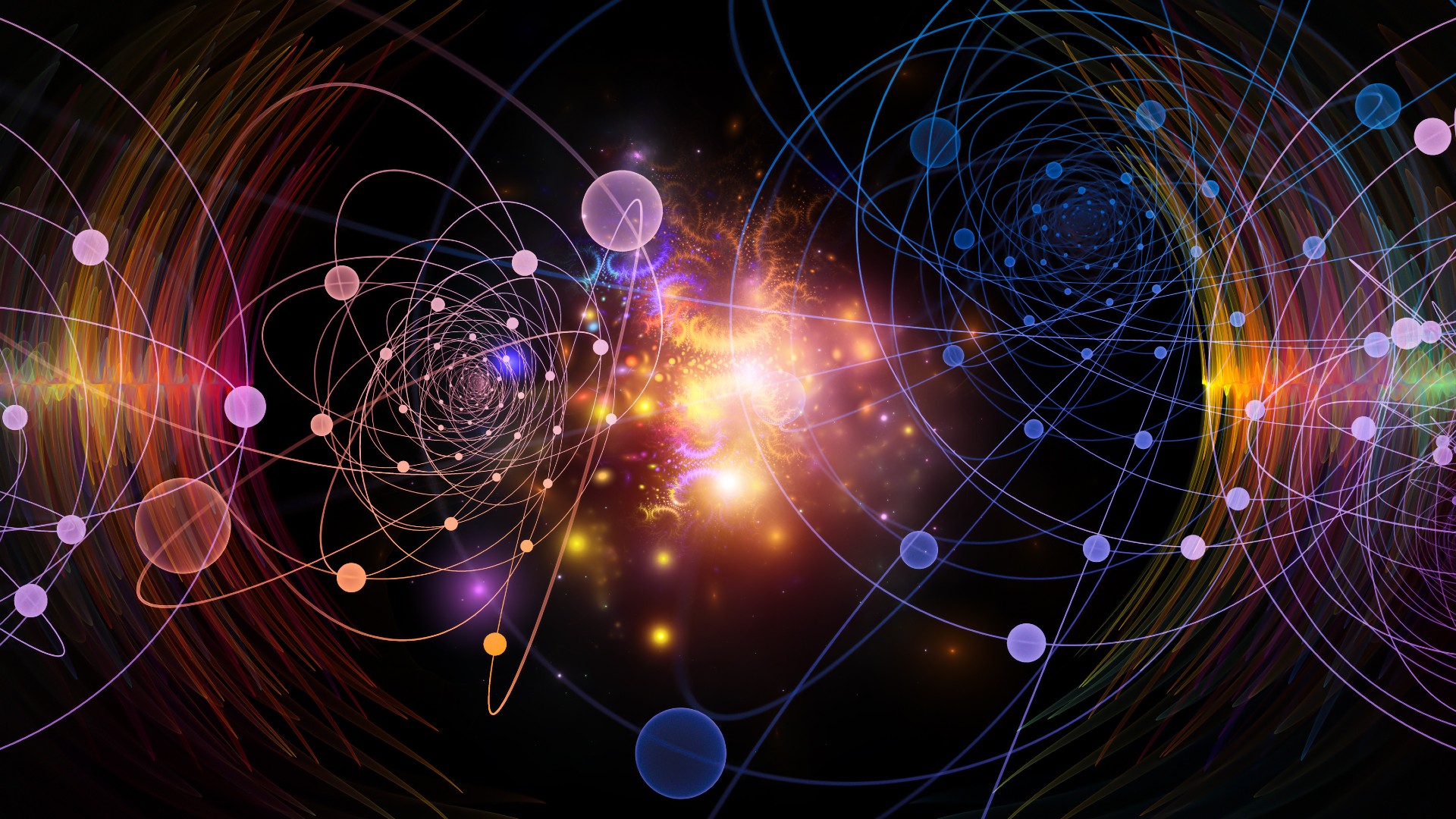Quantum physics, often described as the “theory of the small,” delves deep into the minutiae of atomic and subatomic phenomena. Among the myriad of concepts that emerge from this theoretical landscape, one stands out due to its uncanny resemblance to the concept of magic: the quantum flip. This terminology embodies the notion of quantum transitions, where atoms undergo changes at the quantum level that dictate their behaviors in ways that challenge our classical intuitions. Embracing this exploration not only clarifies intrinsic atomic behaviors but also invites a deeper fascination with the elegant complexities of nature.
At its essence, a quantum flip signifies the transition of a quantum system between different states. In many cases, these transitions occur in systems possessing a discrete set of energy levels. The phenomenon can be observed in various scenarios, including the operation of quantum bits, or qubits, fundamental units of quantum computing. Unlike classical bits, which can manifest as either a 0 or a 1, qubits uniquely embody superposition—the ability to exist in multiple states simultaneously. This property allows for a transformative ‘flip’ from one state to another, initiating computational processes that classical systems cannot achieve.
The fascination surrounding quantum flips extends beyond their functionality in technology. This concept serves as an exemplar for numerous observations in the natural world. Take the behavior of electrons destined to switch from one energy level to another upon absorbing or emitting a photon. Such transitions are enigmatic, often defying classical mechanics’ expectations. This paradox of the atomic flip invites deeper inquiry into the underlying principles governing these particles.
The pivotal role of quantum mechanics in elucidating these phenomena hinges on its foundational principles. The Heisenberg Uncertainty Principle, for example, posits that certain pairs of physical properties—like position and momentum—cannot be simultaneously measured with arbitrary precision. This intrinsic uncertainty implicates a divergent understanding of atomic behavior: an electron may occupy an energetic state, yet its precise location remains fundamentally indeterminate. Thus, every quantum flip must be interpreted in the context of probability rather than certainty; each transition encapsulates the very essence of chance.
Philosophically, the quantum flip beckons contemplations of real versus perceived reality. The duality of light, exemplified through photon behavior, reflects this notion vividly. When undergoing a quantum flip, a photon may exhibit properties of both a wave and a particle; this duality complicates the description of its nature, aligning with the wave-particle duality that marks the quantum realm. The ramifications of this duality extend to a broader understanding of reality, blurring the lines between observation and existence.
Moreover, consider the implications of entanglement—a cornerstone of quantum mechanics that can be seen as a form of quantum flipping. When particles become entangled, a change in the state of one particle instantaneously affects its partner, regardless of the spatial separation. This phenomenon perplexes traditional notions of locality and causality, suggesting the existence of interconnectedness at a fundamental level. As such, the enmeshment of particles through entanglement enriches the narrative of quantum flipping, establishing a framework where individual atomic behaviors must be analyzed in concert with their counterparts.
The concept of quantum flipping also resonates with the evolving landscape of quantum computing. By leveraging the properties of qubits, artificial intelligence and complex problem-solving paradigms evolve with unprecedented efficiency. Quantum algorithms can outperform their classical counterparts by often rendering cryptographic tasks and optimization problems more manageable. As a result, the fascination with quantum flips transcends theoretical musings and propels modern technology into uncharted territories.
In the macroscopic world, instances of quantum flipping are observed as well. For instance, phenomena such as tunneling—a process whereby particles traverse potential barriers contrary to classical predictions—exemplify the magnitudes of quantum behaviors manifesting within observable events. Whether it is nuclear fusion in stars or the mechanisms behind superconductivity, the applications of quantum flips underpin these grandiose processes, underscoring the intricate relationship between atomic behavior and large-scale phenomena.
In conclusion, the concept of quantum flipping weaves a complex tapestry that intertwines the theoretical with the tangible. It invites exploration into the workings of atomic behavior, bridging classical observations with quantum underpinnings. The ability of particles to transcend energy states in seemingly magical ways captures the imagination while challenging our fundamental beliefs about reality. This persistence of wonders invites an ongoing dialogue in the scientific community, fostering a deeper understanding of atomic interactions and the fabric of existence itself.












